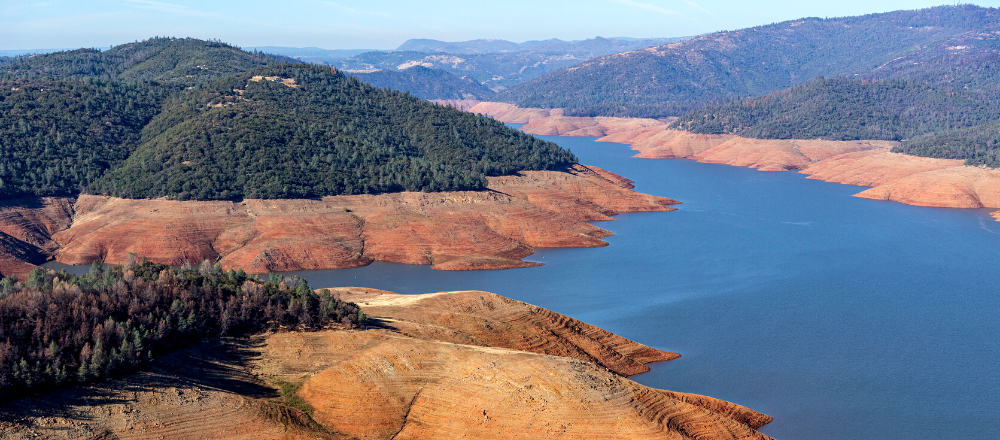As climate change, drought, and growing demand dramatically reduce water supplies, municipalities are looking to various local alternatives to meet future water demands while reducing dependence on imported water.
Mesa Water, located in the City of Costa Mesa, is one of the few water agencies in the state to get 100% of its supply from local groundwater. One thousand feet beneath the city of Costa Mesa, an area where redwood trees once grew, sits two layers of underground aquifers filled with 12,000-year-old water that is untouched by pesticides or chemicals. While the water is safe to drink straight from the ground, the decaying matter from the prehistoric redwood forest gives the water a light amber color. Therefore Mesa Water district has invested $40million into a system that pumps, purifies, and stores the water until it is ready to go out to the 110,000 residents of the city.
The district’s reliance on groundwater supplies and careful management has cut its carbon footprint in half and enabled it to become as self-sustaining as possible in the presence of severe droughts in the Southwest. Imported water costs twice as much as local groundwater and takes more energy to transport, emitting even more carbon into the atmosphere.
“There are a lot of local options,” said Paul Shoenberger, general manager of Mesa Water District. “But they do cost money. So you have to have leaders with the vision and political fortitude to get it done.”
Orange County Water District has served as a model for effective groundwater management. Not only does the county save money on increasing prices of imported water, but they provide a clean, reliable, financially efficient water supply for customers, able to meet demands for at least another 200 years. Residents must still follow water-use rules such as limiting outdoor watering, especially during droughts, and they have reduced water use by nearly 29% in the past two years.
Mesa Water is an example of how investment in infrastructure can lead to a more climate-resilient water supply.
Read more at the OC Register.
To learn more about the drought and proposed solutions, check out the Rebuild SoCal Zone Podcast, where we’ve launched a mini-series focused on California’s Water Crisis.
Keep up-to-date on essential infrastructure issues by signing up for the Rebuild SoCal Partnership newsletter. Follow us on Facebook, Twitter, and Instagram.

